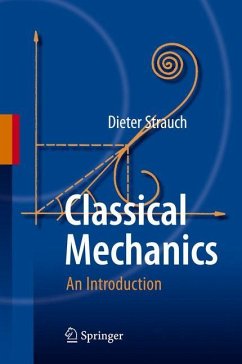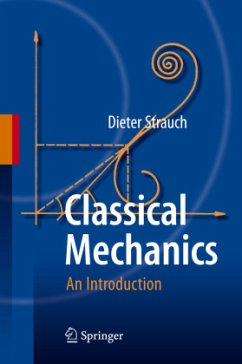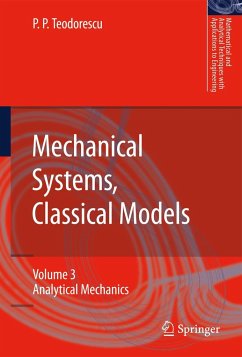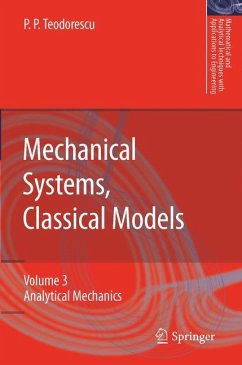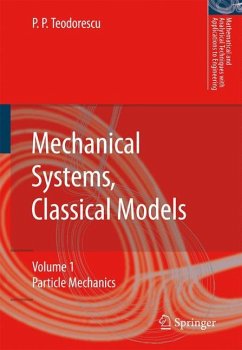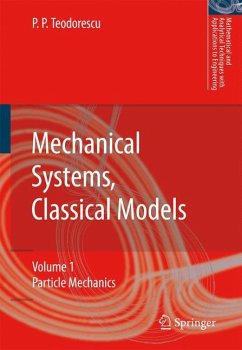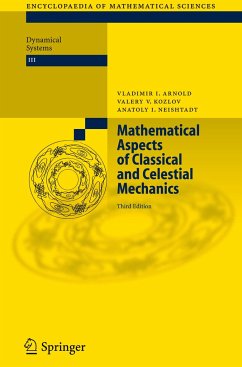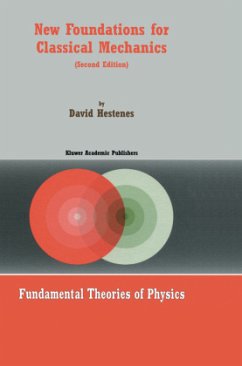
Mathematical Methods of Classical Mechanics
Versandkostenfrei!
Versandfertig in 1-2 Wochen
49,99 €
inkl. MwSt.

PAYBACK Punkte
25 °P sammeln!
In this text, the author constructs the mathematical apparatus of classical mechanics from the beginning, examining all the basic problems in dynamics, including the theory of oscillations, the theory of rigid body motion, and the Hamiltonian formalism. This modern approch, based on the theory of the geometry of manifolds, distinguishes iteself from the traditional approach of standard textbooks. Geometrical considerations are emphasized throughout and include phase spaces and flows, vector fields, and Lie groups. The work includes a detailed discussion of qualitative methods of the theory of ...
In this text, the author constructs the mathematical apparatus of classical mechanics from the beginning, examining all the basic problems in dynamics, including the theory of oscillations, the theory of rigid body motion, and the Hamiltonian formalism. This modern approch, based on the theory of the geometry of manifolds, distinguishes iteself from the traditional approach of standard textbooks. Geometrical considerations are emphasized throughout and include phase spaces and flows, vector fields, and Lie groups. The work includes a detailed discussion of qualitative methods of the theory of dynamical systems and of asymptotic methods like perturbation techniques, averaging, and adiabatic invariance.





